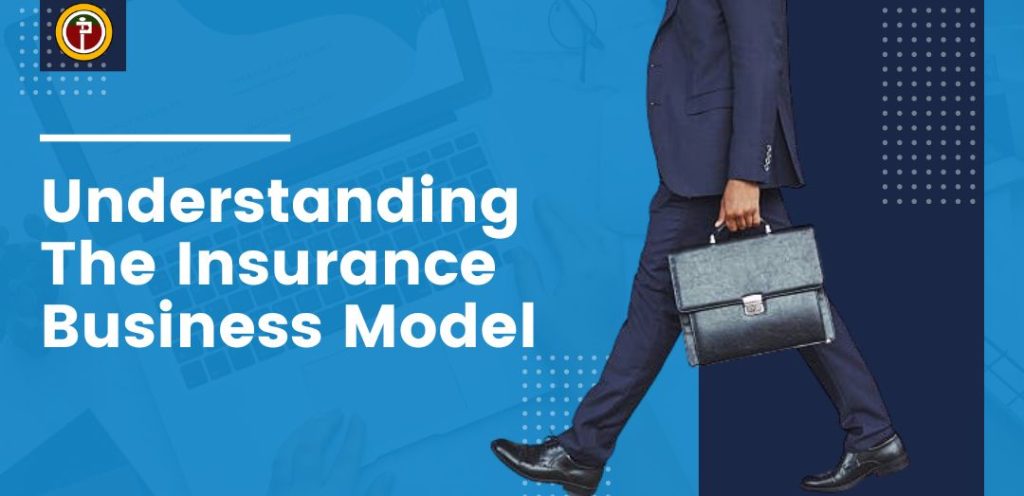When it comes to insurance, understanding the difference between market value and insured value is crucial for policyholders in Nigeria. These two concepts are often confused, leading to misunderstandings and potential financial losses. In this article, we will explore the distinction between market value and insured value, and their implications for insurance coverage.
Market Value
Market value refers to the current price of an asset, such as a property or vehicle, in the open market. It is the amount that a buyer is willing to pay for the asset, based on factors like supply and demand, condition, and location. Market value can fluctuate over time due to changes in market conditions.
Insured Value
Insured value, on the other hand, is the amount for which an asset is insured, as specified in the insurance policy. It is the maximum amount that the insurer will pay in the event of a loss or damage to the asset. Insured value is typically determined by the policyholder and the insurer at the time of policy purchase.
Also read Understanding the Concept of Indemnity in Insurance
Key Differences
1. Purpose: Market value determines the asset’s current price, while insured value determines the maximum insurance payout.
2. Calculation: Market value is based on market forces, while insured value is based on the policyholder’s chosen coverage limit.
3. Fluctuation: Market value can fluctuate, while insured value remains fixed, unless adjusted by the policyholder.
Implications for Insurance Coverage
1. Underinsurance: If the insured value is lower than the market value, the policyholder may face underinsurance, leading to financial losses in the event of a claim.
2. Overinsurance: If the insured value exceeds the market value, the policyholder may pay unnecessary premiums.
3. Claim Settlement: In the event of a claim, the insurer will pay up to the insured value, not the market value.
Also read A Guide to Insurance for Parents and Guardians
Best Practices
1. Regularly review and update insured values to reflect market changes.
2. Ensure accurate valuation of assets to avoid underinsurance or overinsurance.
3. Consult with insurance professionals to determine appropriate insured values.
In conclusion, understanding the difference between market value and insured value is essential for effective insurance coverage in Nigeria. By recognizing the distinction between these two concepts, policyholders can make informed decisions, avoid potential financial losses, and ensure adequate protection for their assets.
Take advantage of the next article, subscribe now!
Have questions about claim settlements or need assistance with your insurance policy? Our team is here to help! Reach out to us via email at info@tplng.com or give us a call at 0905-776-6182. We’re committed to ensuring genuine claim settlements and supporting our valued members.
TPL, your satisfaction is our priority.




